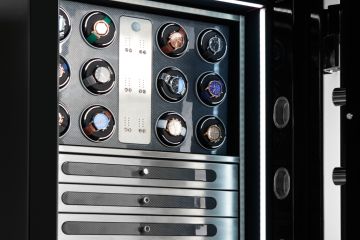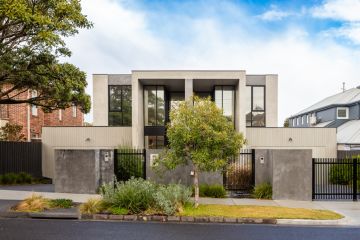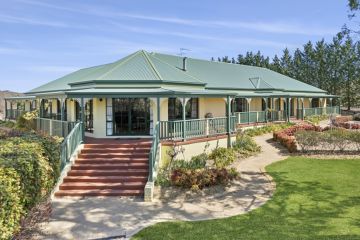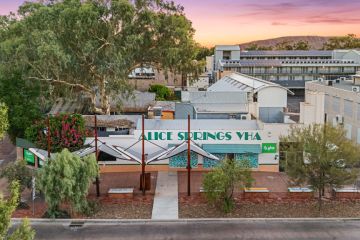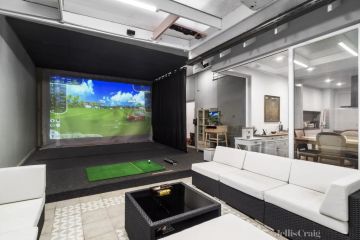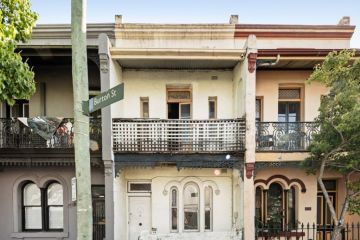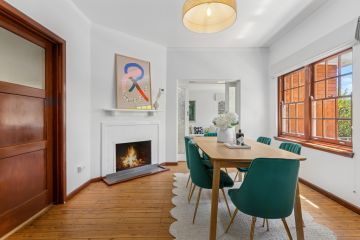Five things you should consider before starting a renovation
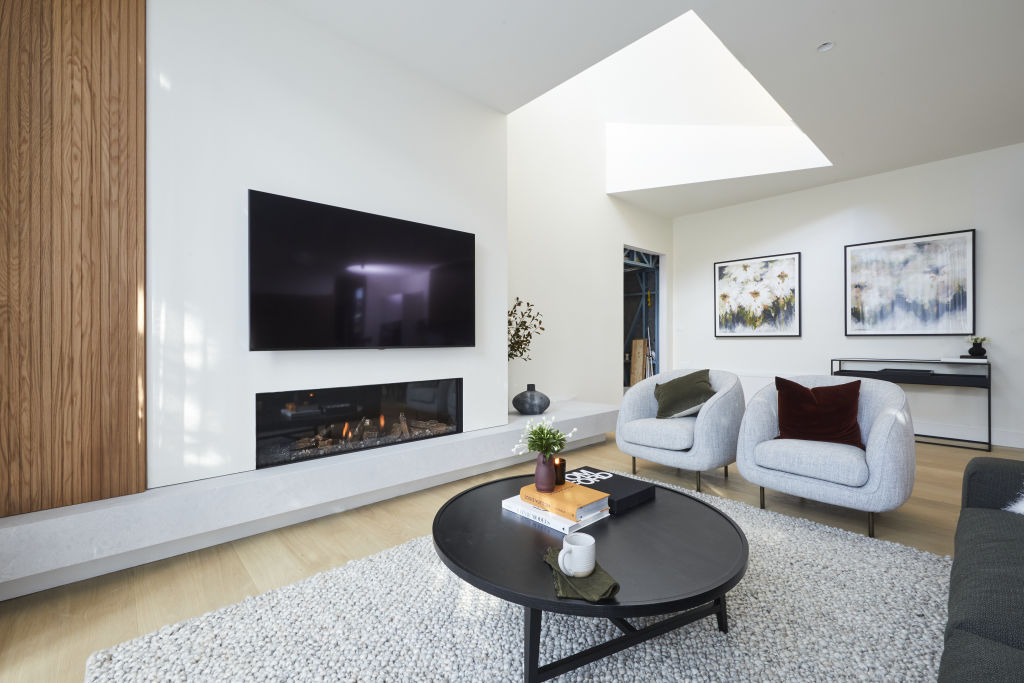
Functionality can often get lost in the mix when planning a home renovation. With so many choices when it comes to colours, textures and style, it’s easy to forget what can make a home comfortable.
Getting the energy requirements right from the start can make your beautiful home not only liveable but an enjoyable space. In between looking at kitchen showrooms and bricks for her renovation, school teacher Jeanine Potter is planning the practicalities of the home, such as heating and cooking.
“I think we’ll use gas for cooking in the kitchen. I swear spaghetti bolognese tastes better when cooked with gas.”
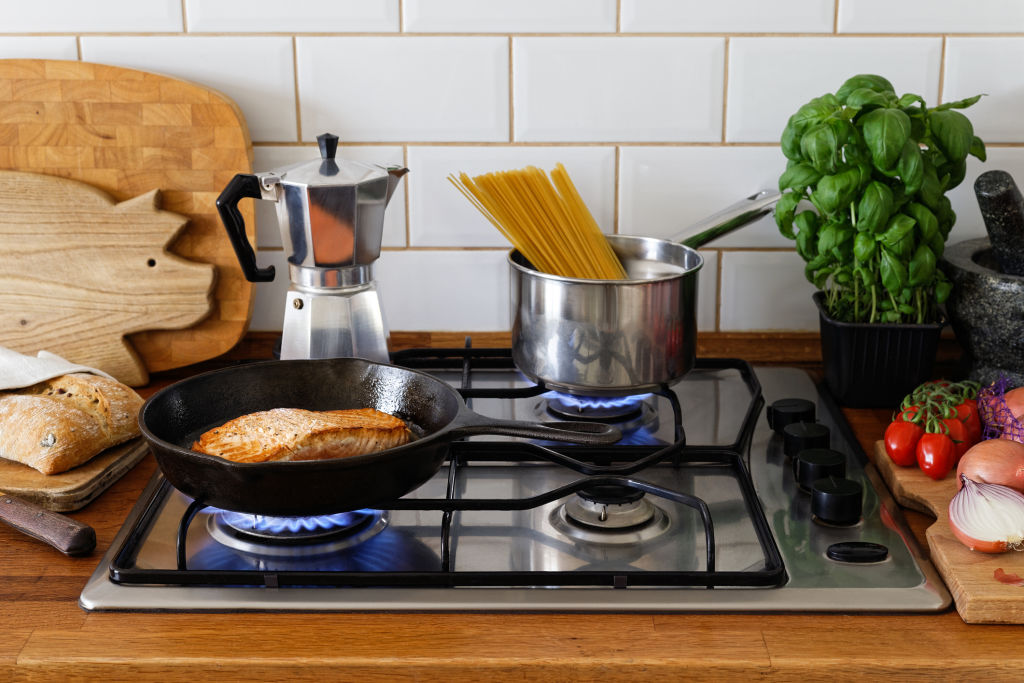
Simon Wills, director of The Heater Man says “get a professional’s opinion from the start. This will set the scene for what you can actually achieve in your reno”.
With that in mind when planning your next renovation, here are five things to consider before swinging a sledgehammer.
1. Overall design
The flooring, ceiling height and windows can affect the comfort of your home. Large west-facing windows may be nice for a view, but will also greet some cold mornings. High ceilings and polished concrete floors can also add to the coolness of your home, which is great in warm climates, although remember that “all these things lose heat in colder months” says Wills.
Whacking a fan heater in the corner of a large room may seem like a better option budget-wise, but it won’t necessarily do the job properly. Smaller rooms with large heaters have the opposite problem.
“I see too many people come into our showroom, having chosen a photograph off Instagram or Pinterest. They don’t realise the scale of some of those houses that these photographs are in. They end up saying, ‘I want this heater’, that’s capable of heating 200 square metres. It’ll get too hot and the fire will constantly turn off,” he says.
2. Install efficient heating
Why continue freezing in winter, when you can build heating into your home while renovating?
Radiators can be installed along the walls. Depending on the wall structure, the pipes can be either hidden or visible for a more industrial look. Gas heats water in the pipes, which circulates through the radiator, heating the room.
Underfloor heating is another great option to consider when renovating your flooring.
Polished concrete or tiles move heat effectively from piping under the floor. A natural gas boiler heats the water, which circulates heat through the underfloor pipes. Timber and carpeted floors can also be used. But, these materials won’t transfer the heat to the room as efficiently.
Another option? You can also install an energy-efficient gas log fireplace which adds the ambience of a real fireplace to the room, without the cleanup.
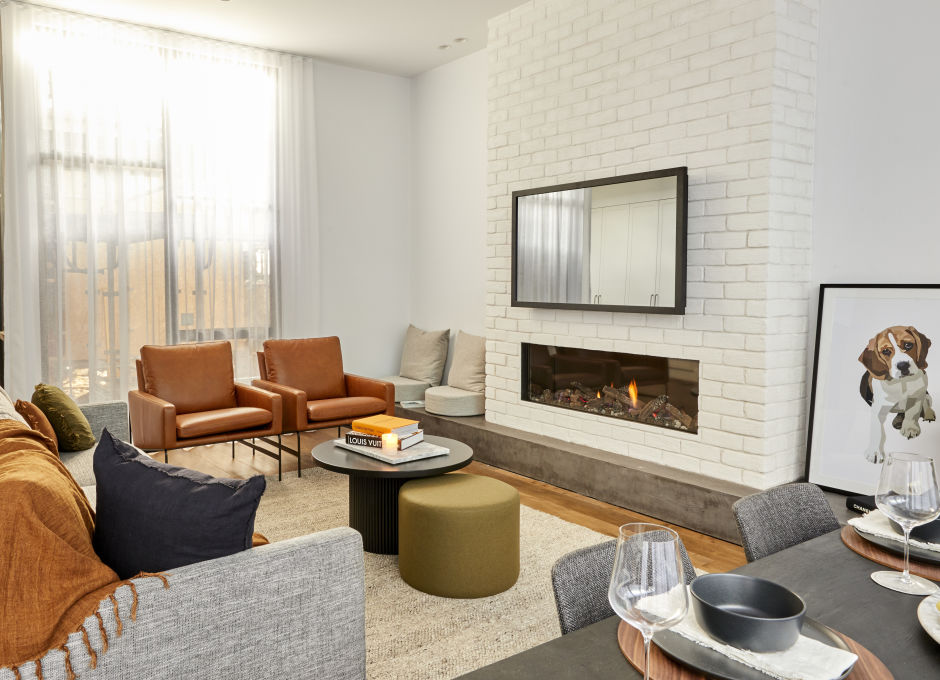
3. Have the right energy mix for your home
Outdoor entertaining can be enjoyed all year with proper heating. If there’s a bit of a breeze, electrical or infrared heating is the best option, because the heat radiates in the direction you want. And, it won’t blow out.
“It’s about getting the right appliance to be more convenient and efficient for your space,” says Wills.
Rather than running the risk of half-cooked sausages, consider connecting your barbecue to the home’s natural gas supply.
“Make sure the pipe sizing is correct for the appliance, and gas bayonet points are installed where you need them. It’s also important to make sure it’s done properly by a licensed professional,” says Wills.
The right mix of gas and solar can save you money in the long run. Heat your hot water tank for free with a solar hot water system combined with gas to give the temperature an extra boost.
“If the sun heats the water to 20 degrees, but you’re showering at 40 degrees, you consume less gas by actually only boosting the heat by a small amount,” he says.
4. Plan for power and gas requirements
Upgrading your heating system isn’t as simple as plugging in a new gas heater. A larger heater may need a larger gas pipe. New rooms may need new piping plumbed through the walls.
Electrical points also need to be in the right position, both indoors and outdoors. Otherwise, you may end up with double adaptors and cable extensions running under rugs.
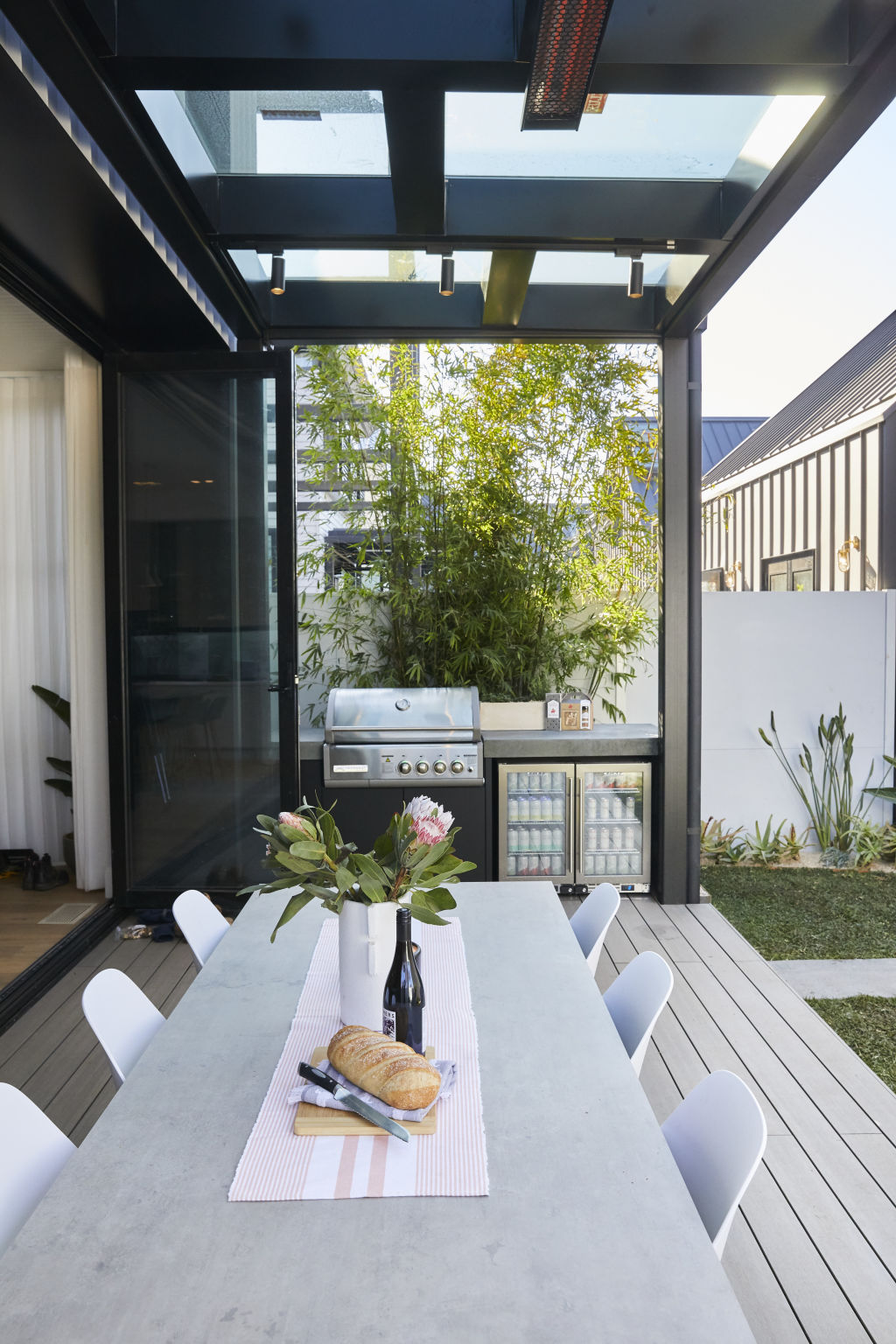
5. Get professional advice early
A professional should ideally help with your planning and also ensure things like appliance installations, ventilation and flues all meet Australian standards and requirements.
A flue, similar to a chimney, needs to be in the correct position and gas appliances need a flue to remove carbon monoxide.
“The flue makes the appliance work nice and efficiently and keeps your house warm,” says Wills.
“The flue position needs to go in a safe place. So, it’s actually the location of the appliances that makes sure it can be flued properly.”
Unfortunately, like many other areas of your life, COVID can also greatly impact your renovation. So, make sure you plan early.
“I could give you a range of four or five products that will suit your house, but two of them may not be available for three months due to shipping or stock delays. So, you can end up choosing what’s going to be better based on things like available stock and product specifications,” he says.
Renovating is the perfect time to upgrade the comfort of your home, not just the colour scheme. Plan ahead for the right mix of energy.
We recommend
States
Capital Cities
Capital Cities - Rentals
Popular Areas
Allhomes
More
